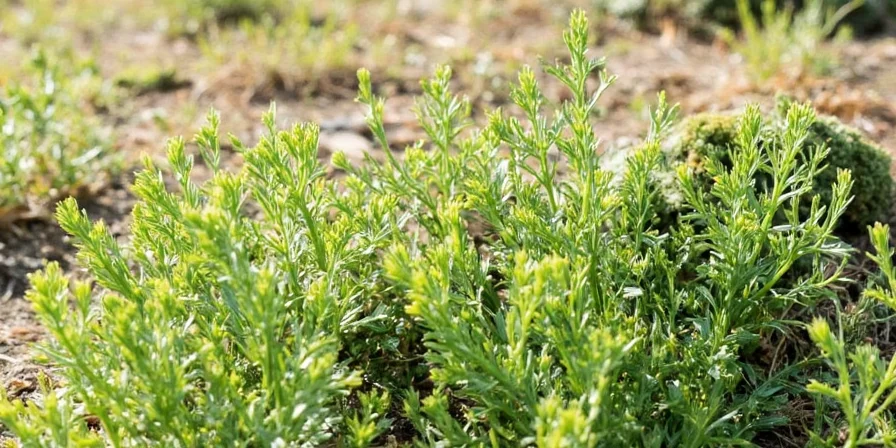
What's the Dried Dill to Fresh Dill Ratio? The Quick Answer
For immediate substitution: Use 1 teaspoon of dried dill for every 1 tablespoon of fresh dill. This 1:3 ratio works for most recipes, but optimal results require understanding three key factors: cooking time, dish acidity, and dill age. Here's exactly how to adjust for perfect flavor every time.
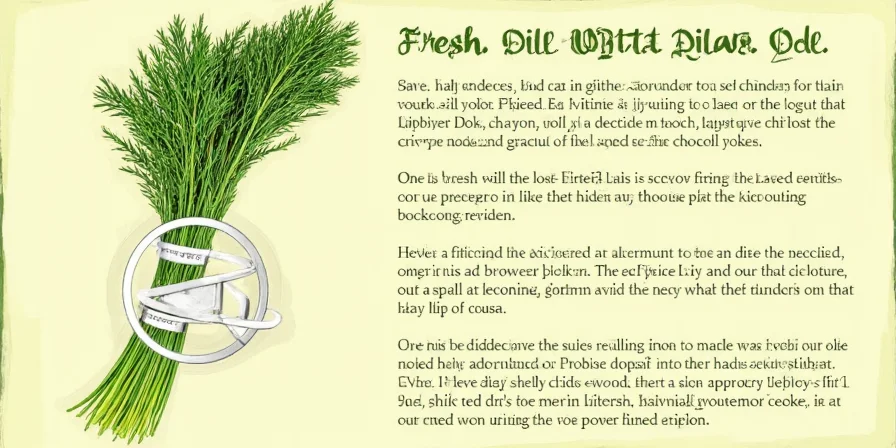
Why the Standard Ratio Works (and When It Needs Adjusting)
Drying concentrates dill's flavor compounds, making dried dill more potent by volume. While the 1:3 fresh-to-dried ratio is reliable, these three factors require adjustments:
- Acidic dishes (like tomato sauces): Use 25% less dried dill to prevent bitterness
- Long cooking times (over 45 minutes): Reduce by 15% as flavor intensifies with heat exposure
- Older dill (more than 18 months): Increase by 20% as potency diminishes over time
| Common Recipe Type | Basic Ratio | Adjusted Ratio |
|---|---|---|
| Salads & Cold Dishes | 1 tsp dried = 1 tbsp fresh | Use 25% more dried dill |
| Soups & Stews | 1 tsp dried = 1 tbsp fresh | Use 15% less dried dill |
| Baking & Casseroles | 1 tsp dried = 1 tbsp fresh | No adjustment needed |
| Pickling & Preserves | 1 tsp dried = 1 tbsp fresh | Use 20% more dried dill |
Simple Substitution Techniques Home Cooks Actually Use
Professional chefs use these straightforward methods that work in everyday kitchens:
- Rehydration trick: Mix dried dill with a pinch of salt and 1 teaspoon of water for 5 minutes before adding to cold dishes
- For soups and stews: Add dried dill during the last 20 minutes of cooking to preserve flavor
- For baked goods: Mix dried dill with dry ingredients first to distribute evenly
- When making dressings: Let dried dill sit in the dressing for at least 30 minutes before serving
- For fish dishes: Use 20% less dried dill than the standard ratio to avoid overpowering delicate flavors

Recipe-Specific Substitution Guide
Get perfect results with these specific measurements:
- Dill Pickle Casserole: Use 1.5 teaspoons dried dill instead of 1 tablespoon fresh
- Salmon with Dill Sauce: Substitute 3/4 teaspoon dried dill for 1 tablespoon fresh
- Russian Borscht: Use 1 teaspoon dried dill instead of 1 tablespoon fresh
- Ranch Dressing: Replace 1 tablespoon fresh dill with 1 teaspoon dried dill + 30 minute rest time
- Cucumber Salad: Use 1.25 teaspoons dried dill for 1 tablespoon fresh, mixed with vinegar first
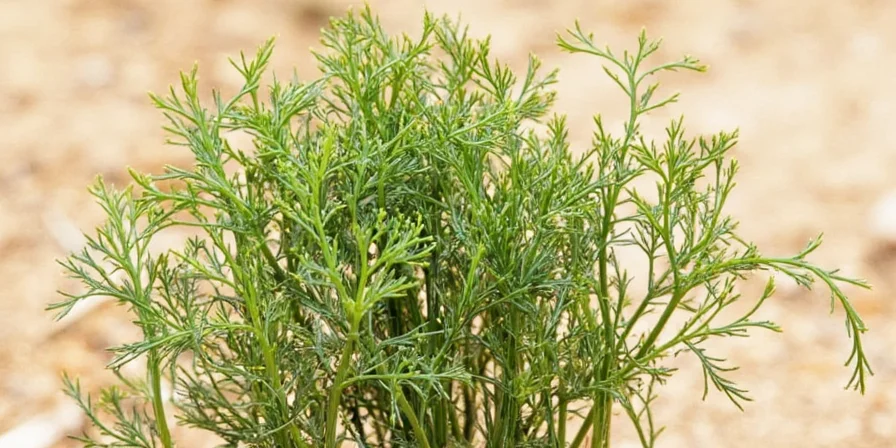
How to Store Dried Dill Properly
Keep your dried dill flavorful with these practical storage tips:
- Store in an airtight container away from light and heat
- Keep in a cool, dark cupboard (not next to the stove or oven)
- Use within 1 year for best flavor (after 18 months, potency drops significantly)
- Never store dried herbs in the refrigerator (moisture damages flavor)
- Test potency by rubbing a pinch between fingers - strong aroma means it's still good
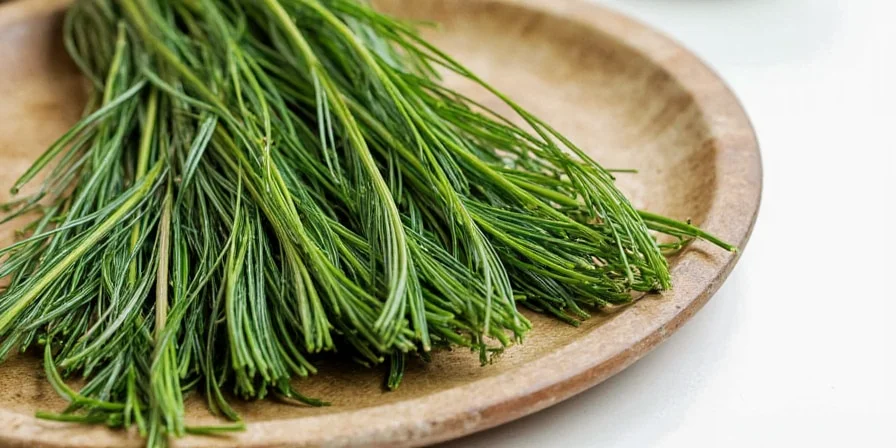
Common Dried Dill Questions Answered
How much dried dill equals 2 tablespoons fresh dill?
Can I use dried dill in tzatziki sauce?
Why does my dried dill taste bitter in soup?
Does the brand of dried dill matter for substitution?
Final Tips for Perfect Dill Substitution
When substituting dried for fresh dill, remember these simple guidelines:
- Start with the 1:3 ratio (1 tsp dried = 1 tbsp fresh) as your baseline
- Adjust down for long-cooking dishes and acidic recipes
- Adjust up for cold dishes and older dill
- Always add dried dill earlier than fresh dill in the cooking process
- Taste and adjust near the end of cooking for best results
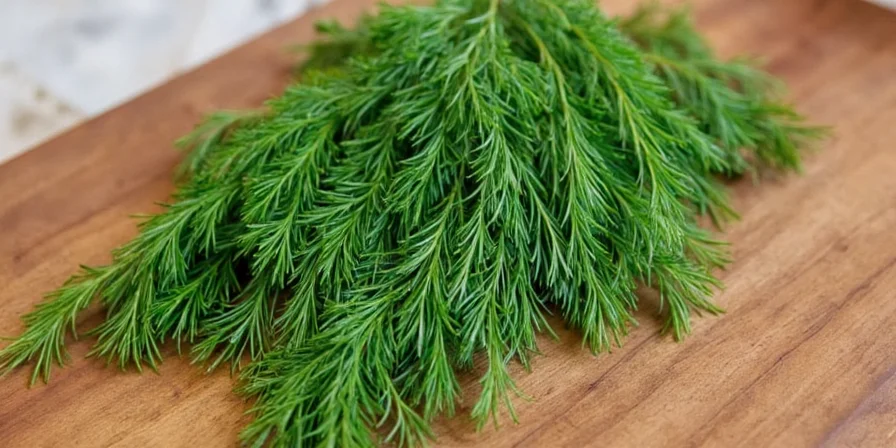
With these straightforward guidelines, you'll never need to worry about missing fresh dill again. The right substitution creates delicious results that even experienced cooks can't distinguish from fresh. Keep this guide handy next time you're cooking and discover how versatile dried dill can be in your kitchen.

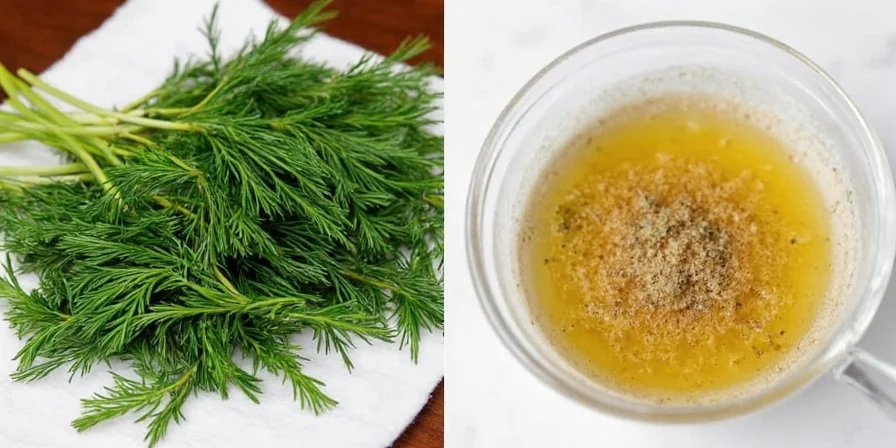









 浙公网安备
33010002000092号
浙公网安备
33010002000092号 浙B2-20120091-4
浙B2-20120091-4